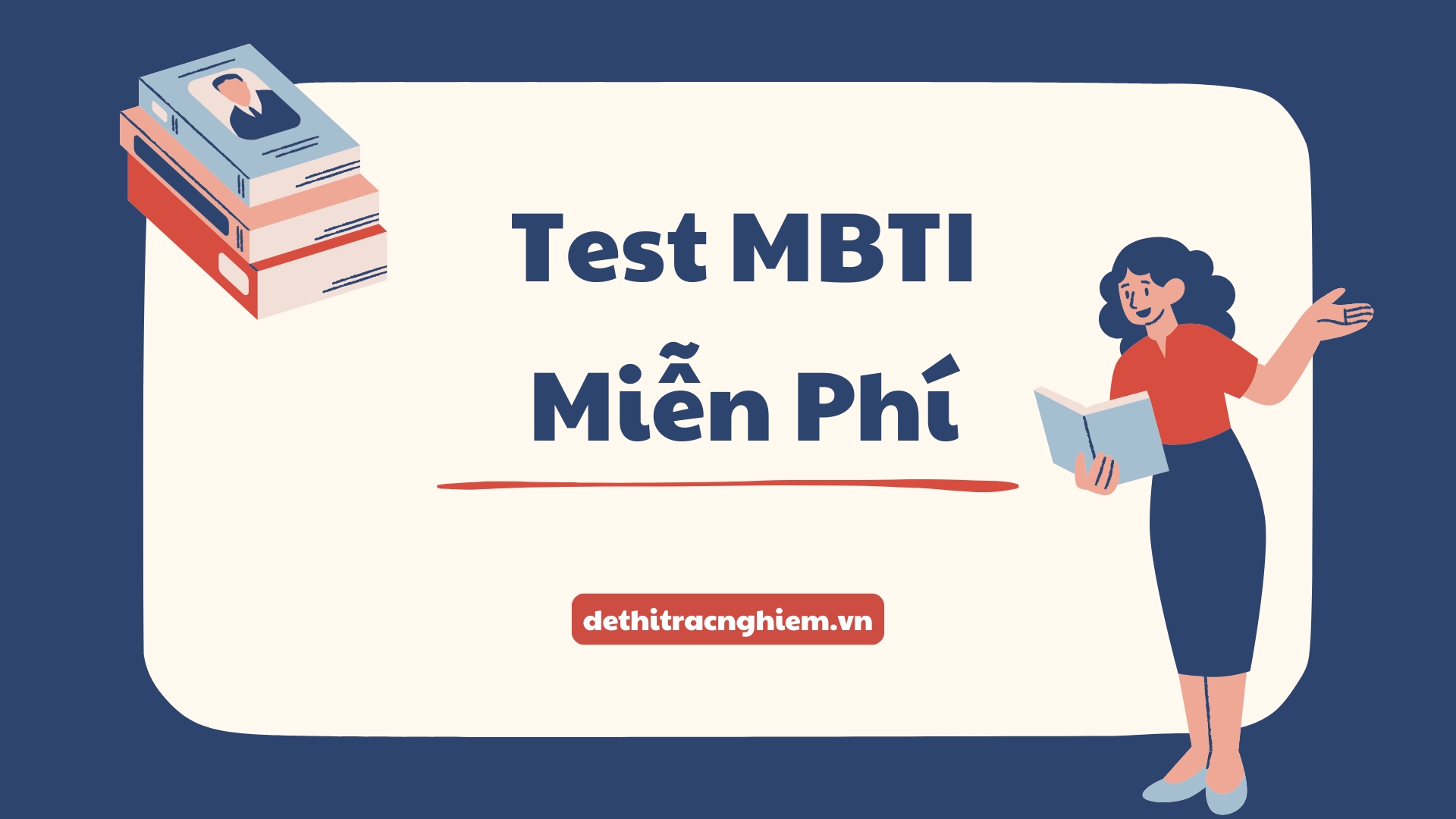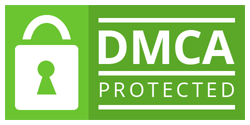Trắc Nghiệm Thanh Toán Quốc Tế Tiếng Anh là bộ đề ôn tập thuộc học phần International Payment trong chương trình đào tạo ngành Kinh doanh Quốc tế và Tài chính tại Trường Đại học Kinh tế Quốc dân (National Economics University – NEU). Bộ đề do ThS. Lê Thị Thu Hằng, giảng viên Khoa Kinh doanh Quốc tế – NEU, biên soạn năm 2024. Nội dung đề tập trung vào các thuật ngữ chuyên ngành, phương thức thanh toán quốc tế như Letter of Credit (L/C), Documentary Collection, Telegraphic Transfer và các chứng từ liên quan như Bill of Lading, Invoice, Insurance Certificate… Đề trắc nghiệm Thanh Toán Quốc Tế bằng tiếng Anh giúp sinh viên vừa ôn tập kiến thức chuyên môn, vừa nâng cao kỹ năng sử dụng tiếng Anh chuyên ngành.
Trên nền tảng dethitracnghiem.vn, sinh viên có thể dễ dàng tiếp cận các câu hỏi tiếng Anh được phân chia theo từng chương học và mức độ khó. Mỗi câu hỏi đại học đều có đáp án, giải thích song ngữ và phần ghi chú từ vựng quan trọng. Website còn tích hợp các chức năng như làm bài không giới hạn, lưu đề yêu thích và theo dõi tiến trình học tập giúp sinh viên NEU và các trường có giảng dạy môn này nâng cao hiệu quả luyện thi, chuẩn bị vững vàng cho các kỳ kiểm tra và bài thi chuyên ngành bằng tiếng Anh.
Hãy cùng dethitracnghiem.vn khám phá bộ đề này và kiểm tra ngay kiến thức của bạn!
Trắc Nghiệm Thanh Toán Quốc Tế Tiếng Anh
1. A key distinction between a Documentary Credit (L/C) and a Documentary Collection is that in an L/C:
A. The importer’s bank guarantees payment only after goods are approved.
B. The importer’s bank provides a conditional undertaking to pay.
C. The exporter ships the goods directly to the importer’s bank.
D. The process is governed by the Uniform Rules for Collections (URC 522).
2. The “Principle of Autonomy” under UCP 600 signifies that the letter of credit is an engagement separate from:
A. The bill of lading and other required transport documents.
B. The instructions provided by the advising bank to the beneficiary.
C. The underlying sales contract or any other related contract.
D. The financial stability and reputation of the applicant.
3. In a “Documents against Payment” (D/P) transaction, the importer (drawee) receives the title documents to the goods only after:
A. Signing an acceptance on a time draft from the collecting bank.
B. The goods have arrived at the port and passed customs.
C. The remitting bank has verified the exporter’s documents.
D. Making immediate payment for the draft to the collecting bank.
4. An exporter in Vietnam is dealing with a new buyer in a country with high political risk. To secure payment, the most prudent instrument to request would be:
A. A Revolving Letter of Credit.
B. A Standby Letter of Credit.
C. A Confirmed, Irrevocable Letter of Credit.
D. A Documents against Acceptance (D/A) collection.
5. Under URC 522, if a drawee in a D/A transaction accepts the draft but subsequently fails to pay at maturity, the responsibility for this non-payment lies with:
A. The collecting bank for releasing documents improperly.
B. The drawee (importer), and the exporter must pursue collection.
C. The remitting bank for not vetting the importer’s credit.
D. The presenter if they did not follow the instructions.
6. Which of the following constitutes a “discrepancy” in a presentation under a Documentary Credit?
A. A transport document dated after the issuance date of the L/C.
B. The commercial invoice value being slightly less than the L/C amount.
C. Bill of lading shows “HCMC Port” when L/C specifies “Cat Lai Port”.
D. The beneficiary presents documents before the L/C expiry date.
7. A “Transferable Letter of Credit” (as per UCP 600, Article 38) is primarily designed to facilitate transactions where:
A. The applicant wishes to transfer their payment obligation.
B. The issuing bank wants to transfer its risk to another bank.
C. The first beneficiary is an intermediary who pays their supplier.
D. The currency of the credit needs to be converted.
8. An L/C is issued for “about USD 100,000” covering the shipment of “1,000 metric tons of rice”. According to UCP 600, what is the permissible tolerance for the quantity of goods shipped?
A. Exactly 1,000 metric tons must be shipped.
B. A tolerance of plus or minus 10% is allowed.
C. A tolerance of plus or minus 3% is permitted.
D. A tolerance of plus or minus 5% is permitted.
9. The fundamental risk for an exporter under an Open Account payment method is:
A. The high banking fees associated with processing payments.
B. The potential default or unwillingness to pay by the importer.
C. The delay in receiving documents from the importer.
D. The risk of exchange rate fluctuation after shipment.
10. A “Back-to-Back Letter of Credit” arrangement involves:
A. One L/C that is automatically re-instated after each shipment.
B. Two separate L/Cs confirmed by the same banking institution.
C. An L/C used as a guarantee for performance, not for payment.
D. The beneficiary using the original L/C as collateral for a second L/C.
11. What is the primary function of an Advising Bank in a letter of credit transaction?
A. To add its own guarantee of payment to the credit.
B. To check the presented documents for compliance.
C. To provide financing to the beneficiary based on the credit.
D. To satisfy itself as to the authenticity and advise the credit.
12. An exporter presents documents under a D/A 90 days after sight collection. The term “90 days after sight” means the importer must pay:
A. 90 days after the date stated on the bill of lading.
B. 90 days after the date on which they accepted the draft.
C. 90 days after the goods have been cleared through customs.
D. Immediately, with a 90-day grace period for financing.
13. The practice of examining documents under an L/C is governed by the principle that “banks deal in documents and not in goods, services or performance”. This is a core tenet of:
A. URC 522.
B. UCP 600.
C. The underlying sales contract.
D. The SWIFT messaging system.
14. In which payment method does the payment instruction originate from the importer, with banks acting merely as conduits for the funds?
A. Documentary Collection.
B. Confirmed Letter of Credit.
C. Advance Payment (Telegraphic Transfer).
D. Standby Letter of Credit.
15. A “stale bill of lading” in the context of a documentary credit refers to a transport document that is:
A. Dated before the issuance date of the letter of credit.
B. Not manually signed by the carrier or their agent.
C. Presented to the bank more than 21 days after the shipment date.
D. Missing the “on board” notation required by the credit.
16. Which statement correctly describes the liability of the drawer of a bill of exchange?
A. The drawer has the primary liability to pay the bill.
B. The drawer has no liability once the drawee has accepted.
C. The drawer has secondary liability if the drawee dishonours.
D. The drawer’s liability is limited to the interest accrued.
17. A “Red Clause” Letter of Credit provides a specific advantage to the beneficiary by:
A. Allowing the credit to be transferred to multiple parties.
B. Providing for pre-shipment financing from a bank.
C. Waiving the requirement for an insurance document.
D. Extending the expiry date automatically.
18. If an L/C is silent on whether it is revocable or irrevocable, UCP 600 dictates that it shall be deemed:
A. Revocable.
B. Unenforceable.
C. Irrevocable.
D. Revocable only with consent.
19. An exporter receives an L/C that is available by “negotiation”. This means the exporter can:
A. Only present documents to the issuing bank for payment.
B. Receive value for documents from a nominated bank.
C. Negotiate the L/C terms directly with the issuing bank.
D. Request payment directly from the applicant.
20. In a transaction using the Open Account method, who holds the greatest power and advantage?
A. The exporter, as they control the timing of shipment.
B. The banks, as they earn fees from processing payment.
C. The importer, as they receive goods before payment.
D. The shipping company, as they hold goods as collateral.
21. A bill of lading presented under an L/C is consigned “To Order”. To be a valid tender, it must be:
A. Signed by the applicant.
B. Endorsed by the shipper.
C. Dated no later than the L/C issuance date.
D. Accompanied by a packing list.
22. A Standby Letter of Credit (SBLC) differs from a commercial L/C in that it is typically intended to be drawn upon:
A. As the primary means of payment for goods.
B. Only in the event of a default or non-performance.
C. To facilitate pre-shipment financing for the beneficiary.
D. By a third party who is not the original beneficiary.
23. An importer requires a shipment of 500 laptops. The L/C states “Partial shipments are prohibited”. Which of the following presentations would be compliant?
A. An invoice for 500 laptops, but B/L for 498 laptops.
B. Two sets of documents for 250 laptops each on the same vessel.
C. A single set of documents for all 500 laptops on one conveyance.
D. An invoice for 501 laptops, with a note about a free sample.
24. According to UCP 600, how many banking days does a nominated bank or issuing bank have to examine a presentation and determine if it is compliant?
A. Three banking days following the day of presentation.
B. A maximum of five banking days following the day of presentation.
C. A reasonable time, not to exceed seven banking days.
D. The number of days is determined by the applicant.
25. An exporter ships goods valued at $50,000 under a D/P collection. The importer inspects the goods at the destination port and finds them to be defective. The importer’s correct course of action regarding the collection is to:
A. Refuse payment and take the documents to claim the goods.
B. Either pay the draft to get documents and then claim, or refuse payment.
C. Pay a reduced amount to the collecting bank, reflecting the damage.
D. Instruct the collecting bank to return the documents and goods.
26. The term “without recourse” on a negotiated draft means that:
A. The issuing bank has no recourse to the applicant.
B. The applicant has no recourse to the exporter.
C. The negotiating bank cannot claim repayment from the beneficiary.
D. The collecting bank has no recourse against the remitting bank.
27. Which of the following payment methods requires the highest level of trust between the buyer and seller?
A. Documents against Payment (D/P).
B. Open Account.
C. Confirmed Letter of Credit.
D. Advance Payment.
28. “Assignment of Proceeds” under a letter of credit allows the beneficiary to:
A. Transfer the right to perform under the credit to another party.
B. Instruct the paying bank to pay the credit value to a third party.
C. Change the currency of the letter of credit before presentation.
D. Use the L/C as collateral to open a second, separate L/C.
29. An L/C specifies the latest date of shipment as 31-OCT-2023 and the expiry date as 15-NOV-2023. A bill of lading is presented with a shipment date of 01-NOV-2023. This is considered:
A. A compliant presentation as it is before the expiry date.
B. A minor discrepancy that the bank will likely overlook.
C. A major discrepancy (late shipment) and grounds for refusal.
D. Acceptable if the goods arrive before the expiry date.
30. The primary purpose of the International Standard Banking Practice (ISBP 745) is to:
A. Replace the UCP 600 with more modern and relevant rules.
B. Provide rules for documentary collection transactions.
C. Complement UCP 600 by illustrating how its principles are applied.
D. Govern the use of electronic documents in international trade.




